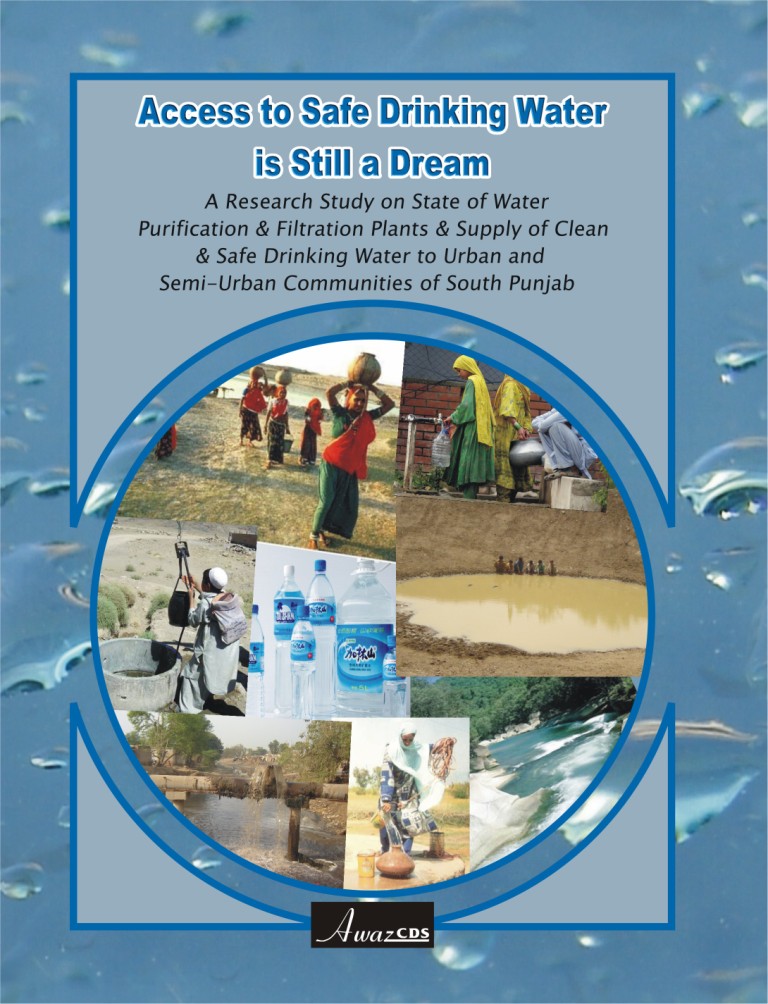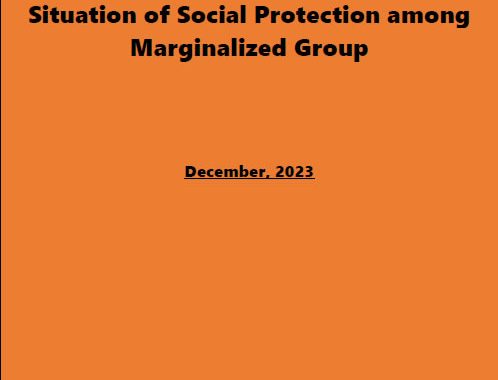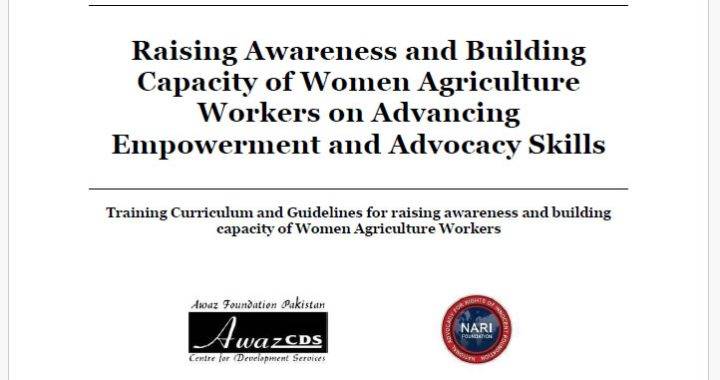Research Study on State of Water Purification & Filtration Plants & Supply of Clean & Safe Drinking Water to Urban and Semi-Urban Communities of South Punjab. Pakistan is now being considered among Water Stress Countries as the situation is becoming precarious because water availability in Pakistan has decreased from 5000 cubic meters per capita in 1950s to 1000 cubic meters per capita in 2007, mainly due to increase in population, inefficient irrigation, ill planning of water resource management, corruption and unequal water rights, says a report of Asian Development Bank. More than 70% of the total population in Pakistan does not have access to safe drinking water and more than 70,000 children die every year due to diarrhea and other diseases related to unsafe water and poor sanitation facilities according to a report published by UNICEF. Ensuring the provision of safe drinking water to all citizens is one the basic and constitutional responsibilities of State. Government has ratified the United Nation’s Millennium Development Goals (MDGs) in 2001 and MDG 7 asks the UN member States to reduce half the proportion of people without sustainable access to safe drinking water by 2015. However the government allocates only 0.2% of the total GDP to provide such a vital facility of water and sanitation to citizenry whereby more than 50% of the allocated resources go waste because of ill planning and corruption.
[button size=”small” color=”blue” style=”download” new_window=”true” link=”../Downloads/rstudies/Water%20Study%20Awaz.pdf”]Download PDF[/button]




